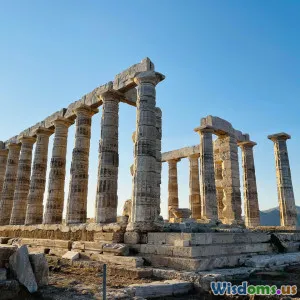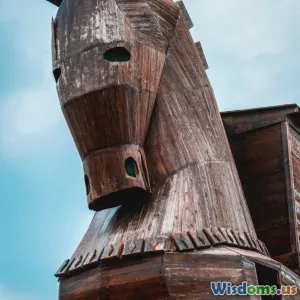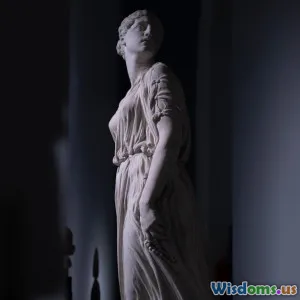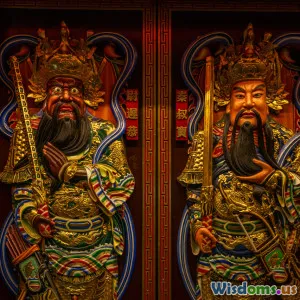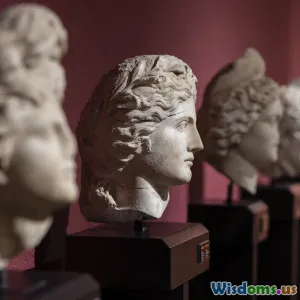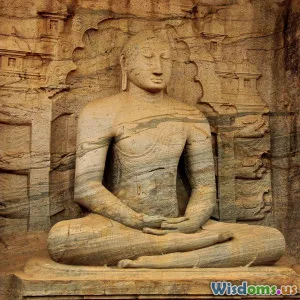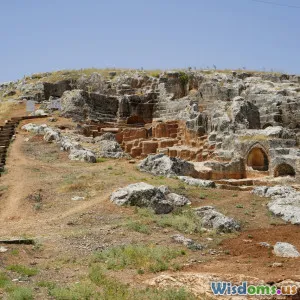
Trojan War Truths Historians Are Only Now Discovering
16 min read Recent discoveries are challenging historians' understanding of the real Trojan War and its historical context. (0 Reviews)
Trojan War Truths Historians Are Only Now Discovering
For millennia, the Trojan War has occupied the intersection of myth and history. Captured in the poetic lines of Homer’s Iliad, reimagined in plays and films, the legend—Achilles, Hector, Helen, the wooden horse—has haunted our imagination. But what about the reality behind the legend? Thanks to advances in archaeology, linguistics, and digital technology, the concealed truths of Troy are finally coming to light. Today, historians are bridging the divide between epic poetry and documented history, revising what we thought we knew about one of the ancient world’s most mysterious cataclysms.
Unearthing Troy: Archaeological Breakthroughs
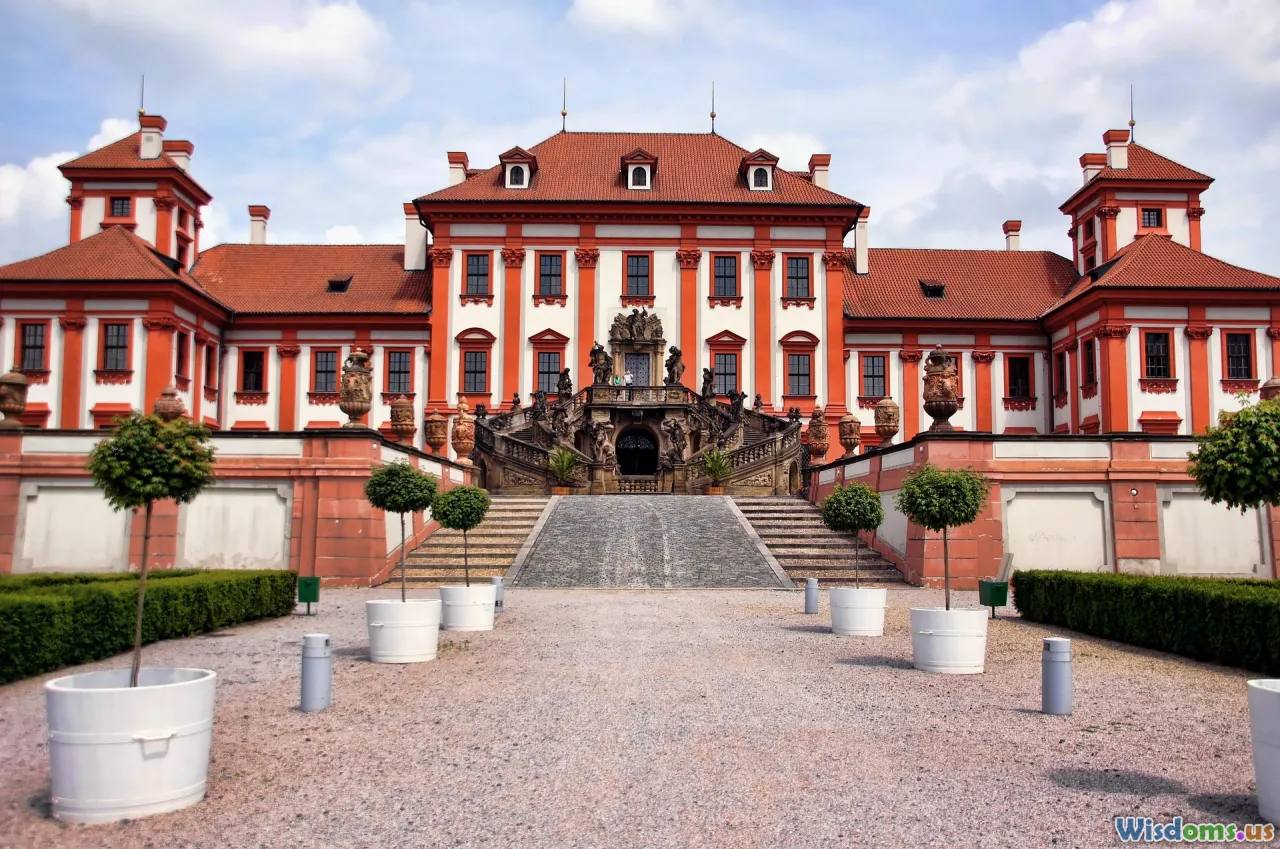
When Heinrich Schliemann—equipped with a copy of Homer—began digging at Hisarlik in northwest Turkey in the 1870s, he was searching for Troy. What he found set off over a century's worth of debate: buried walls and ramparts, charred stones, and treasures of gold. For decades, the accepted wisdom was that Troy was wholly mythical, a literary ghost. Recent archaeological discoveries have upended that notion.
And yet, Troy is not a single city but a complex tell comprising at least nine major layers, each representing a distinct settlement period from the Early Bronze Age (c. 3000 BC) to the Roman era. Excavations by German and Turkish teams since the 1980s—incorporating magnetometry, ground-penetrating radar, and comparative ceramics analysis—demonstrate that Hisarlik was a bustling trade hub, not the backwater some earlier historians assumed.
Intriguingly, among these layers sits Troy VIIa (c. 1300–1190 BC), marked by burnt debris and hastily constructed fortifications, consistent with violent destruction—and aligning neatly with the period when Homer's war would have raged. Evidence here includes arrowheads lodged in walls, broken daggers, and mass burials. While there's no smoking gun—a plaque inscribed "Helen Was Here"—the convergence of warlike destruction, trade prosperity, and fortification strongly suggests that a catastrophic battle, perhaps Homer’s war, left this layer in ruins.
Reconstructing the Forces: Who Fought at Troy?
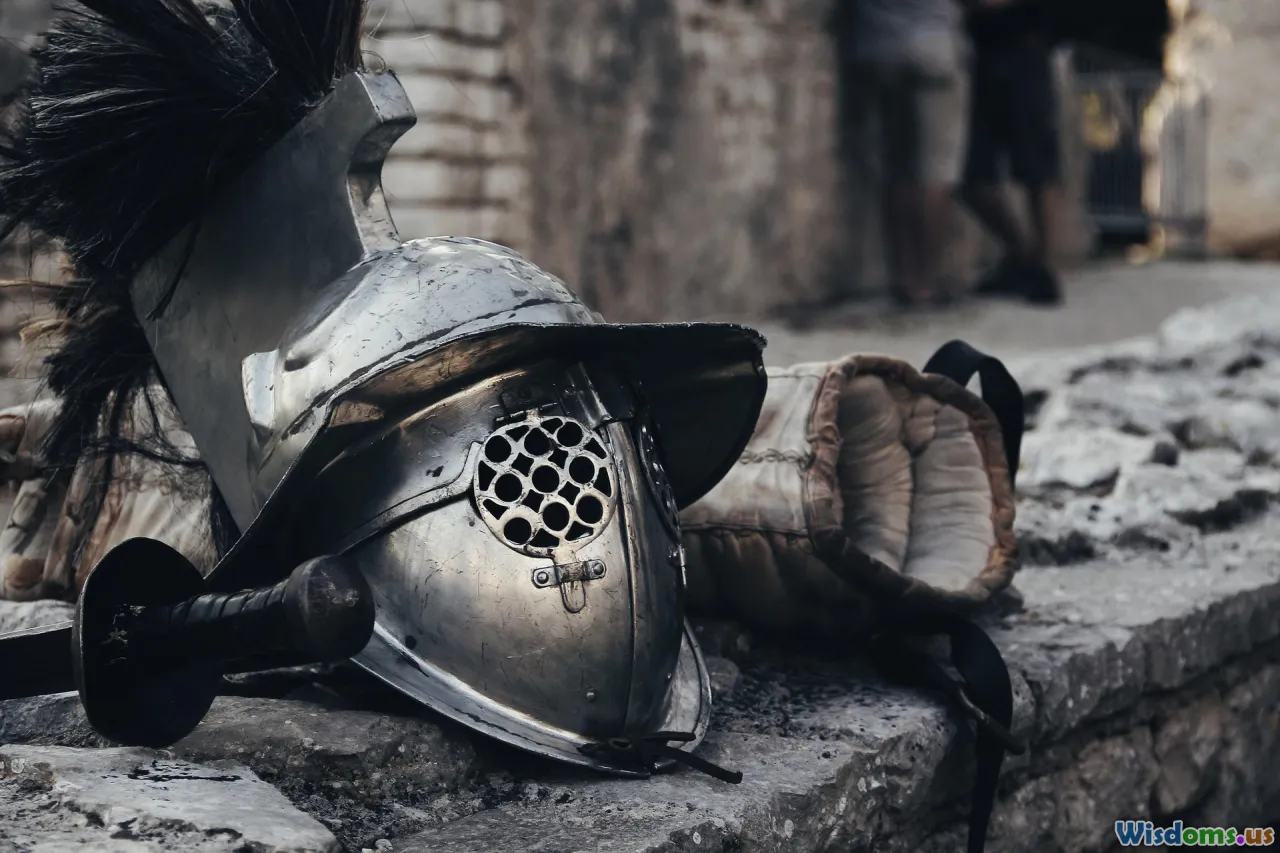
The Iliad envisions Greeks clad in bronze, chariots clashing on wine-dark plains. But the archaeological record offers nuance. Weapons caches unearthed at Mycenaean sites such as Pylos and Tiryns match the kinds of arms described by Homer: boar-tusk helmets, long spears, bronze corselets. Anatolian fortresses like Hattusa contained records of "Ahhiyawa” (a likely reference to the Homeric Achaeans) engaging diplomatically—and sometimes militarily—across the Anatolian peninsula.
There’s growing consensus that the term "Trojan War" likely referred not to a single clash but to extended hostilities involving multiple Anatolian and Aegean polities. Hittite cuneiform tablets detail repeated conflicts over Wilusa (the probable Hittite name for Troy), mention coastal raiders from Ahhiyawa, and reveal that small armies—sometimes no more than a thousand men—could devastate trading centers.
Thus, the war, if it occurred, may have matched more the pattern of periodic raids, sieges, and power plays than epic set-piece battles. Chariot warfare, portrayed as central in Homer, also seems overstated: actual evidence suggests chariots functioned more for rapid transport and shock-and-awe than for lengthy combat.
The Real Helen: A Figure of Diplomacy and Trade

Helen’s ‘face that launched a thousand ships’ is enshrined in classic art and literature, but her historicity remains elusive. However, recent reappraisals of Linear B tablets—the earliest written Greek—reveal the degree to which women from royal lineages moved across the Aegean and Anatolia as part of high-stakes alliances. DNA testing on remains at Mycenaean sites (like the so-called “Griffin Warrior” grave at Pylos) reveals genetic signatures suggesting the flow of people, possibly through marriage or hostage exchanges, binding together elite ruling families from distant courts.
Economic partnerships wax and wane according to the prestige, connections, and riches these women brought with them. In this sense, if a ‘Helen’ existed, she could have represented the tangible and symbolic value of such an alliance—making abduction, or defection, a geopolitical catastrophe. The infatuation was likely less about individual beauty and more about who controlled the lucrative trade arteries linking east and west, spice and tin, amber and gold.
The Power of Myth: Trojan War as Propaganda
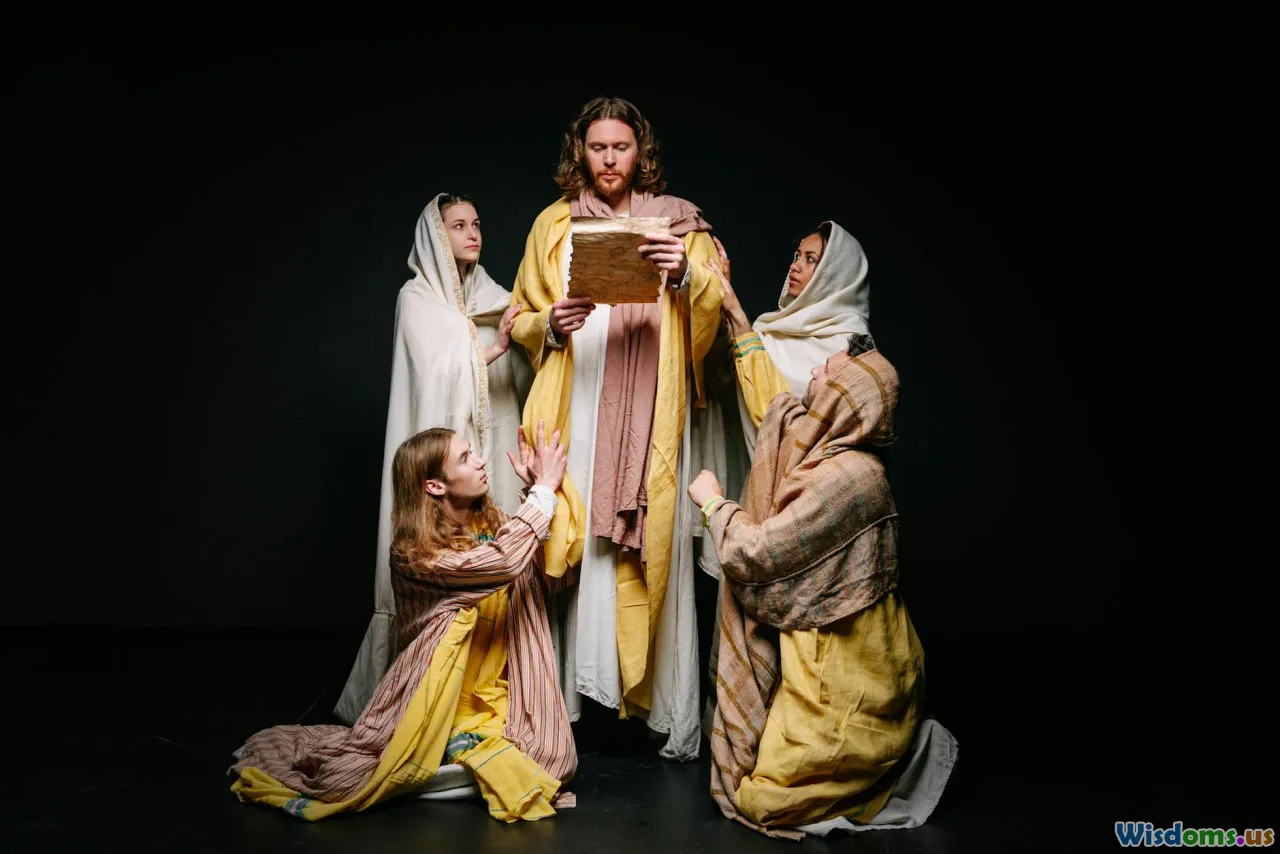
If the basic facts of the Trojan War can be unearthed, its appeal as enduring myth is equally revealing. Homer’s Iliad arrived centuries after the supposed real event. Historical linguists confirm that poetic traditions about Troy crystallized orally, memorized by generations of bards before ever cobbling parchment. The epic’s obsession with honor, fate, and glory served dual purposes: cementing communal values in an era of city-state feuding, and establishing heroic genealogies for ruling families.
A close analysis of the Homeric narratives exposes layers of editorial license and adaptation. Mycenaean past encounters are tangled with later Iron Age fears and aspirations. That the city of Troy—ruined or reborn—remained a collage of ambitions for Greeks, Romans, and even Eastern empires suggests the war’s poetic retellings consistently functioned as propaganda, spinning defeat into moral victory or vice versa. Victory in these legends consistently flows to the clever and resourceful, notably in the infamous tale of the Wooden Horse.
Scholars now also use statistical textual analysis to map motif distribution in oral poetry, suggesting how widely Trojan tales shaped Mediterranean cultures and helped frame the worldviews of ancient listeners.
The Truth of the Trojan Horse: Fact or Fiction?
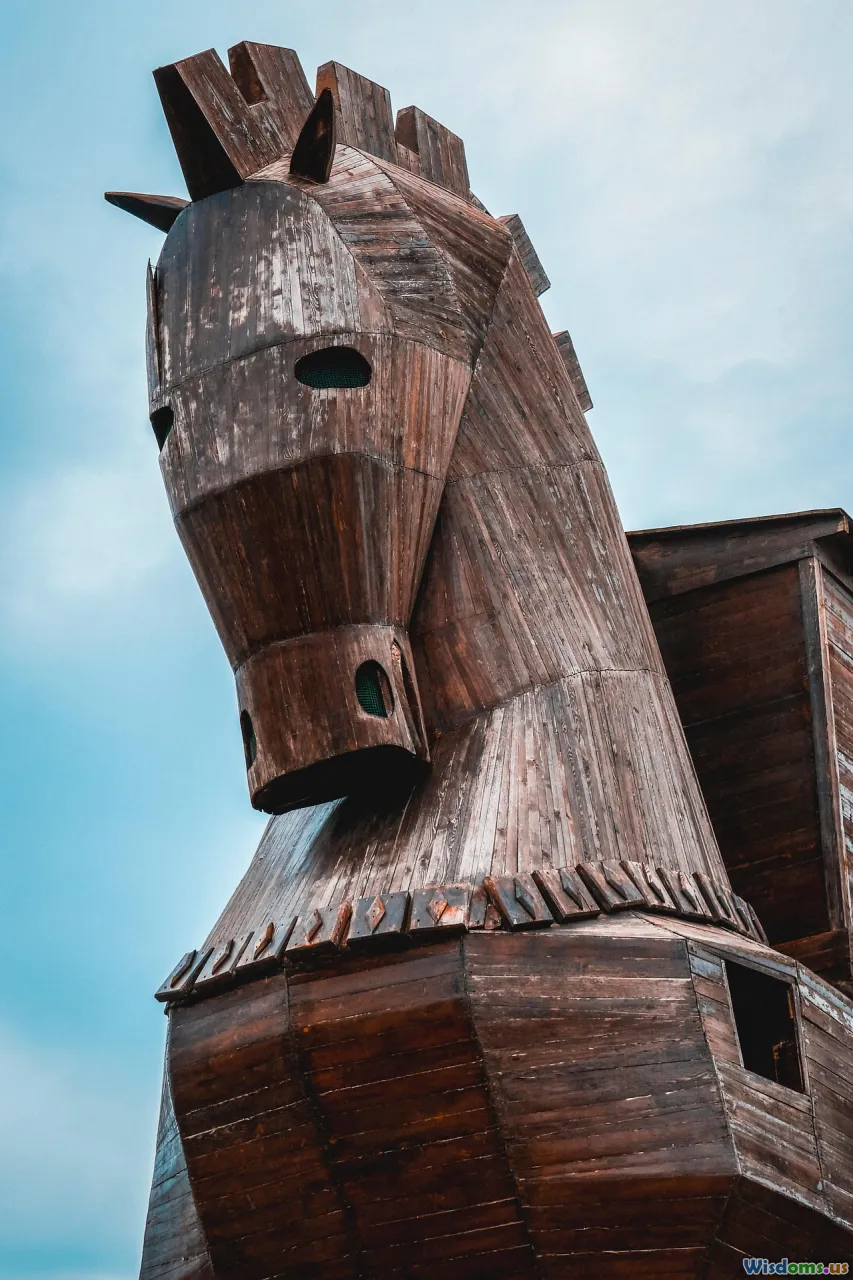
Perhaps the most iconic element, the stratagem of the Wooden Horse, has always taxed credibility. Modern researchers distinguish between literal and allegorical interpretations. Archaeological evidence for a giant horse statue is, of course, lacking. Instead, parallels appear in Hittite and Egyptian siege accounts, which describe attackers using subterfuge to infiltrate city walls: hidden troops in carts, feigned retreats, or bribed sentries.
A recently translated Hittite tablet mentions a “giant gate-breaking device,” possibly symbolized as an animal—keeping in mind horses were potent religious symbols in both Anatolia and the Aegean. Some speculate the story references earthquake damage (with Poseidon—the god of horses—also the earth-shaker). Another school suggests ‘horse’ was a Mycenaean code word for a military group or stratagem—the word ‘hippos’ carrying more than one meaning.
Ultimately, the horse’s fame owes more to the saga’s popularity than historical fact, but the motifs of trickery and unexpected victory nicely align with known ancient siege and intelligence tactics.
Decoding Troy's Global Connections: Trade, Technology, and Culture
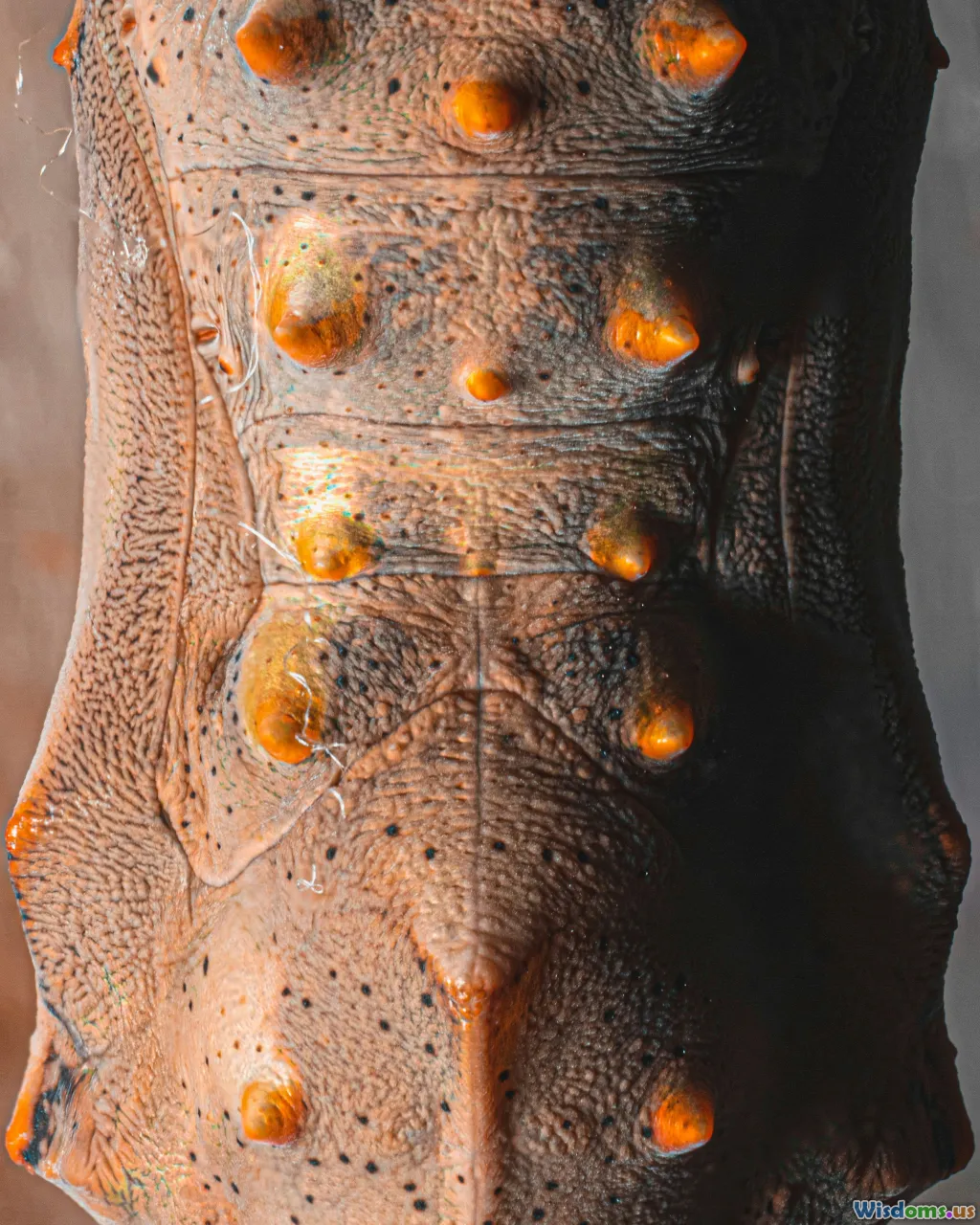
Historians understood for decades that Troy sat on a strategic strait, ideal for commerce and piracy. Yet, new analyses of goods recovered at Hisarlik, including Cypriot ceramics, Egyptian scarabs, Baltic amber, and Near Eastern tin, reveal just how cosmopolitan Troy truly was. It was less a solitary fortress than a buzzing international port-city situated at a Mediterranean crossroads.
This meant that the fate of Troy mattered not only to local kings but also to powers as far afield as Mycenae, Hattusa, and even Egypt. Shifts in the supply of strategic resources like tin (for bronze) or luxury items could cause major disruption. This helps explain why the conflict, if historic, acquired such grand stakes: losing Troy was losing access, taxes, influence—possibly even cultural dominance across the Aegean world.
Cutting-edge analysis like isotopic provenance on metal goods or ancient DNA in animal bones reveals just how connected the Late Bronze Age world was. Far from isolated, Troy abetted information flows, diplomatic exchanges, and multicultural mingling—its destruction would have fundamentally shifted the balance of ancient Mediterranean power.
The Collapse of Empires: How Troy Fits the Bronze Age Downfall
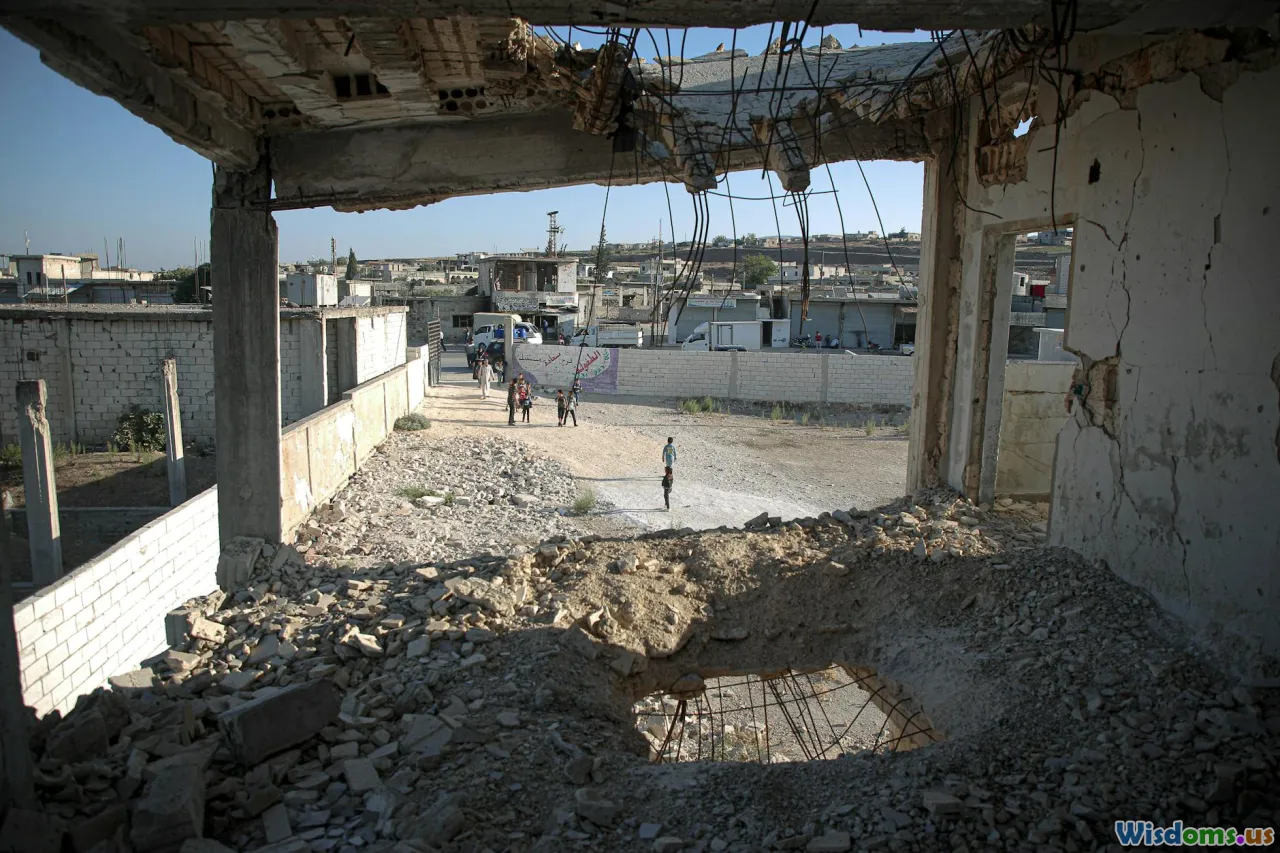
The supposed fall of Troy VIIa coincides ominously with what historians now identify as the Late Bronze Age Collapse (c. 1200 BC), a period when major civilizations—including Mycenae, Hattusa, and Egypt’s New Kingdom—either fell or waned rapidly. Archaeological surveys across the Eastern Mediterranean reveal a pattern: dozens of cities burned or abandoned, trade networks broken, populations displaced.
What caused this apocalyptic unraveling? Climate downturns (evidenced by pollen records indicating severe drought), internal revolts, plagues, earthquakes, and invasions by the mysterious “Sea Peoples” have all been proposed. The fall of Troy, far from an isolated drama, fits within this global trauma—a possible flashpoint or casualty in a wider domino cascade. Troy’s location and riches would make it a symbolic and literal keystone: its loss signaled the fragmentation of order and the beginning of a new, less interconnected Iron Age world.
New Tools, New Truths: Technology's Role in Trojan Explorations
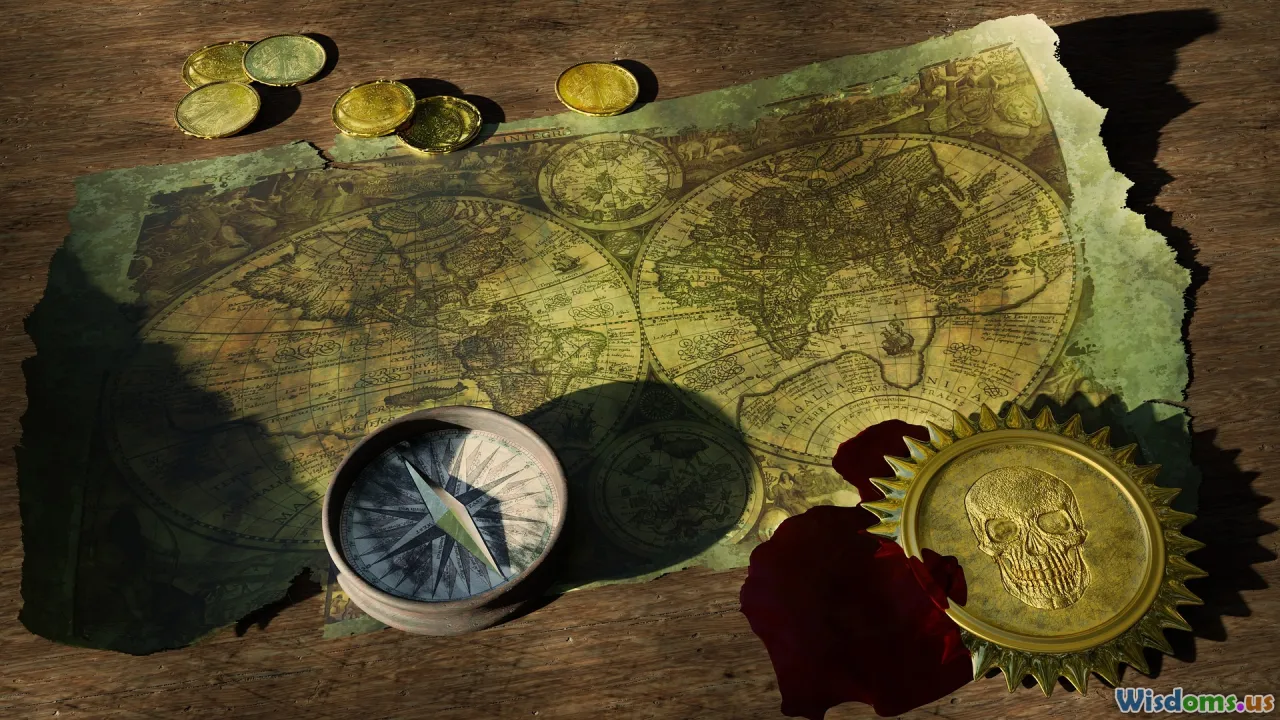
Over the past two decades, technology has transformed Troy studies. Aerial drones, LIDAR (Light Detection and Ranging), and sophisticated digital mapping have revealed not only the full topographical logic of the city and its hinterlands but also hidden features: underground cisterns, bastions, and even the remnants of a harbor drowned by silt. Digital simulation allows scholars to test the plausibility of storied battles, analyze sightlines on the plain, and visualize siege scenarios.
Proteomics and residue analysis on pottery sherds reconstruct ancient diets and trade in perishable goods like oil or wine. High-resolution 3D imaging of artifacts helps experts identify the workshops of origin, revealing travel routes. Meanwhile, machine analysis of fragmentary Linear B scripts or Hittite archives can sift out patterns missed by humans.
With these digital tools, the nuance of the Trojan landscape—political, material, symbolic—comes into sharper focus, cementing Troy as a testing ground for interdisciplinary research.
The Trojan War in Modern Imagination: Why the Story Persists
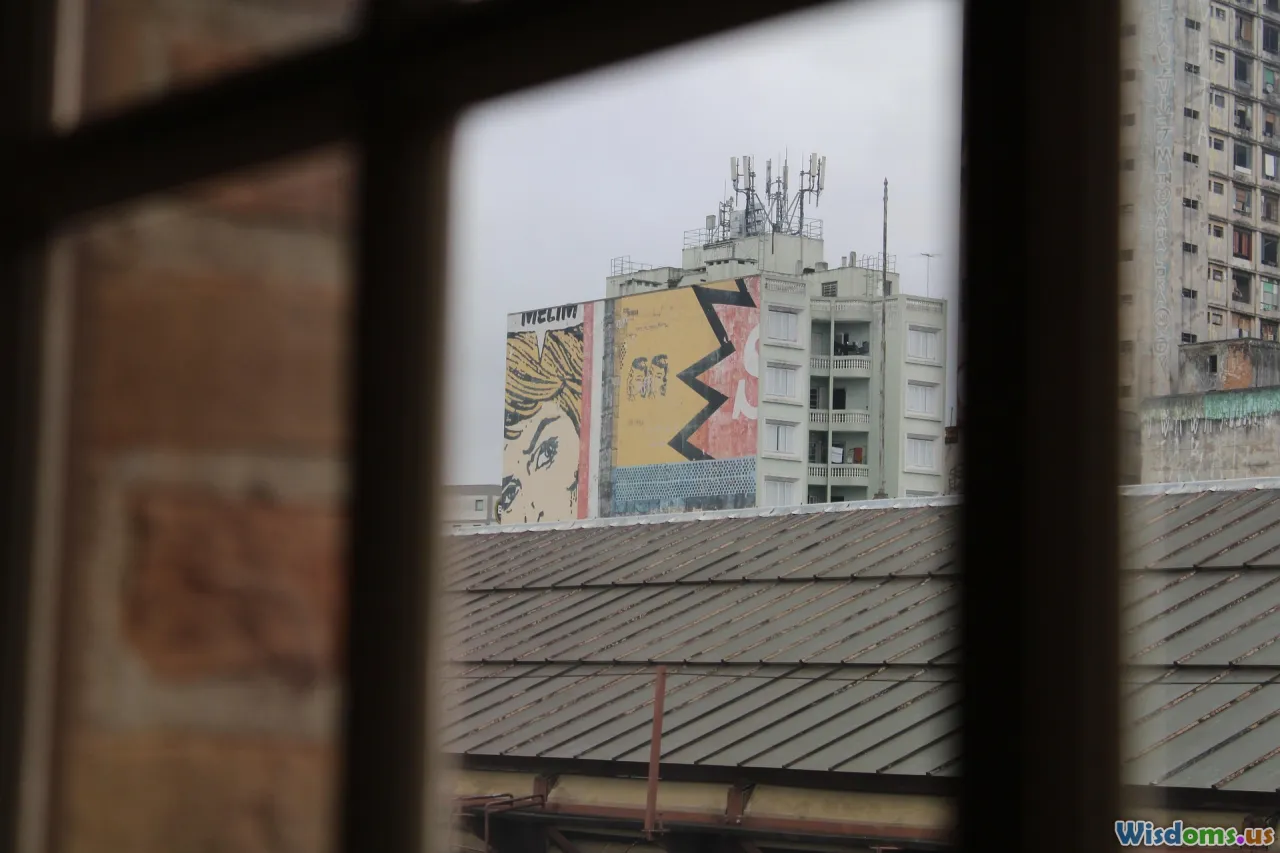
Despite centuries elapsed and facts contested, the Trojan War remains magnetic. Its themes—honor and betrayal, the price of victory, fate versus agency—still echo through literature, film, and political rhetoric. Each generation of historians, writers, and artists reinvents Troy in their own image, reflecting contemporary fears and longings: Cold War strategists saw nuclear devastation analogized in Trojan flames; poets still borrow the ghosts of Achilles and Hector to process loss and pride.
More than ever, the story of Troy reminds us of the human penchant for turning memory into narrative. Ongoing research assures that however much the particulars of the war blur into legend or solidify beneath the stratigraphy of Hisarlik, the truth will remain an ever-evolving mosaic. The realities now surfacing give not just new understanding of one ancient war, but also send ripples through how we view history, myth, and ourselves—a testament to our desire to make meaning out of ruins, both ancient and our own.
Rate the Post
User Reviews
Popular Posts










